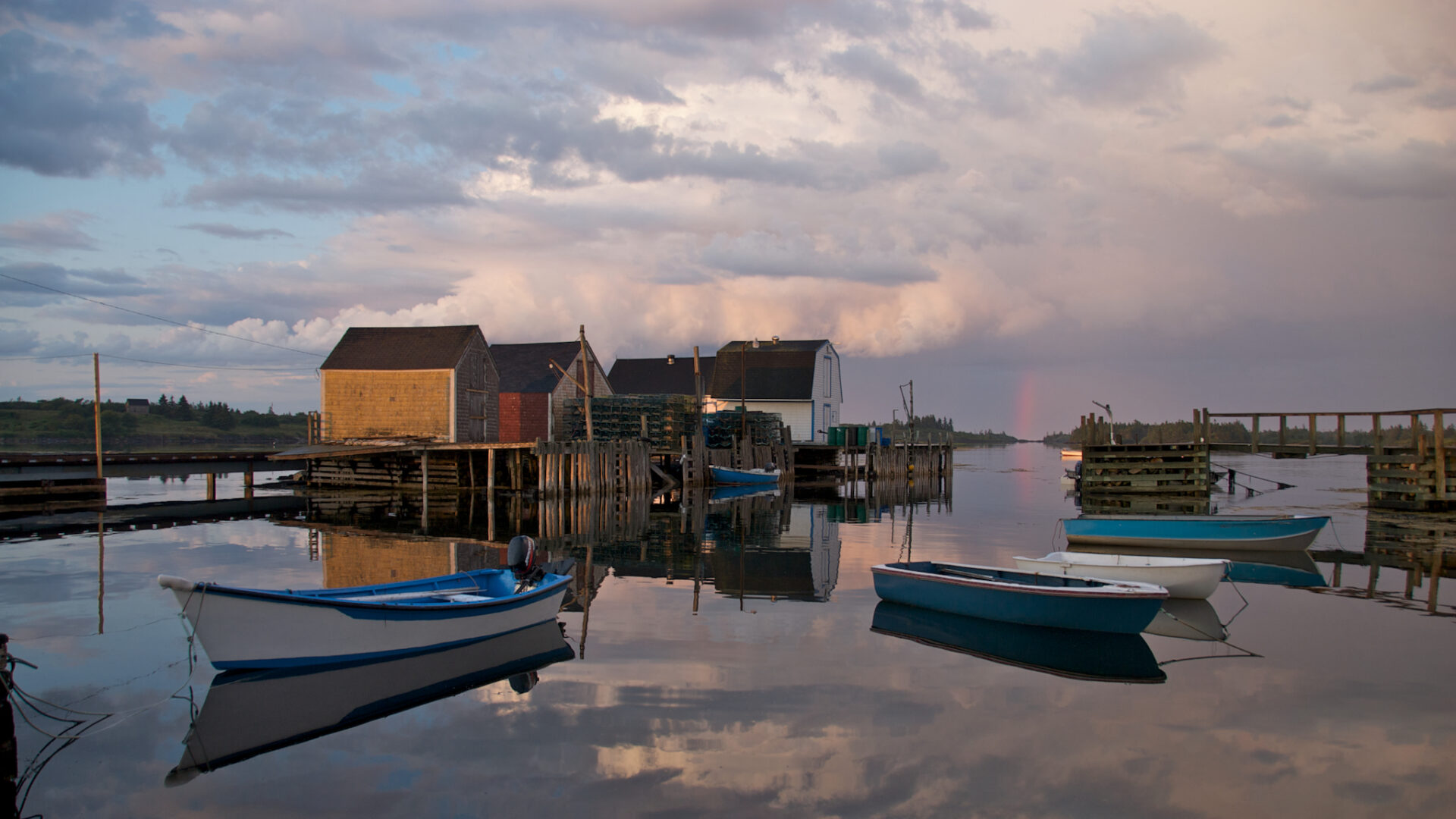
What a difference a few years (and a camera upgrade) make! My first attempt at photographing the aurora ended with some decent pictures, but nothing spectacular. Partly, I wasn’t experienced enough to know the appropriate ISO / exposure combination. Higher ISO captures some of the details, but at the expense of noise, while longer exposures with lower ISO reduce the noise, but blur the dynamic details. It was also 40 below, making it difficult to focus…

My trip to Iceland was centered on obtaining much better pictures of the aurora, new camera and lens in hand. Success! The sun and solar wind cooperated – twice! – and generated a series of beautiful aurora on two separate nights. For the St. Patrick’s Day Storm, I had been monitoring the solar wind continuously and was praying for it to remain southward (needed to create the aurora) until dusk. Being at such high latitude, the sun took FOREVER to set. For about an hour I could see the aurora overhead in the slightly blue sky, providing a very nice palette of colors. An eagle eye observer will also spot comet PANSTARRS. Thankfully, just after sunset, a spectacular auroral display occurred just over our head. Amazing.
My D600 can shoot at ISO 6400, with much less noise than ISO 1600 on my old D200, making it easy to capture details and colors of the aurora that I was unable to catch last time around. In fact, the aurora were so intense and long-lasting, that I was able to play around with framing, foreground objects, and even higher ISO (more so the second night). A truly spectacular display – our innkeeper said the best he’s seen in years. An experience I’ll never forget.
A lesson for all those out there hoping to capture the aurora: Focusing is hard! Auto focus of course fails. One would think you could just rotate the focus ring all the way to infinity, but alas, no. Proper focus is a few degrees shy of that. And the aurora are too dim and dynamic to focus manually through the eyepiece. So, trial and error is the only solution, and zooming in or out changes the focus. So does bumping the camera as you excitedly move from scene to scene, which happened more often then I’d like to admit. Some of these photos are slightly out of focus, but I don’t care. I’m very happy with how they turned out.
Of course, nothing can compare with actually being underneath the aurora. The best pictures in the world just do not do it justice.

